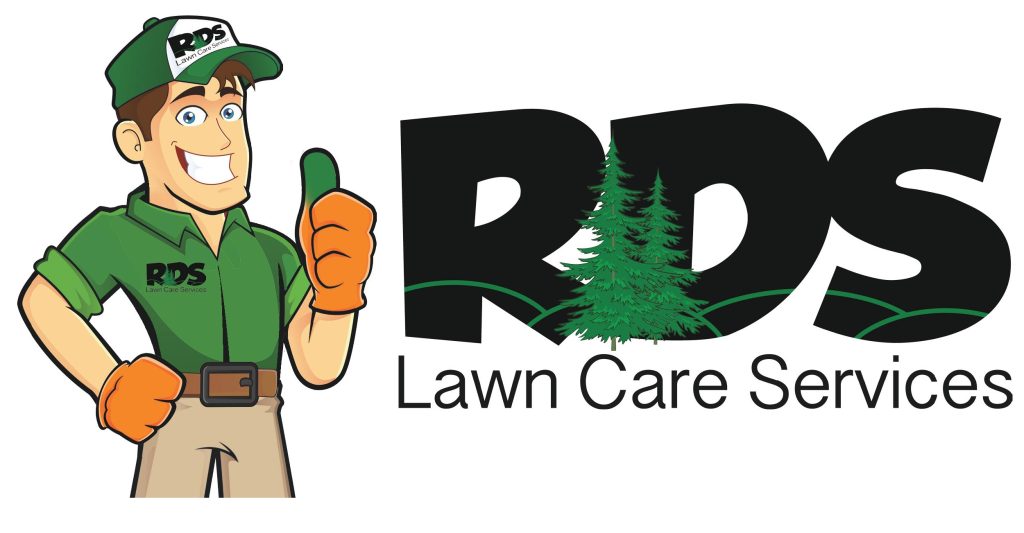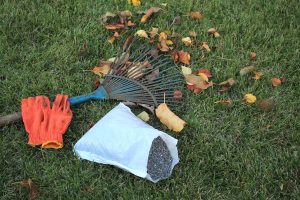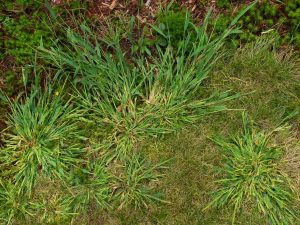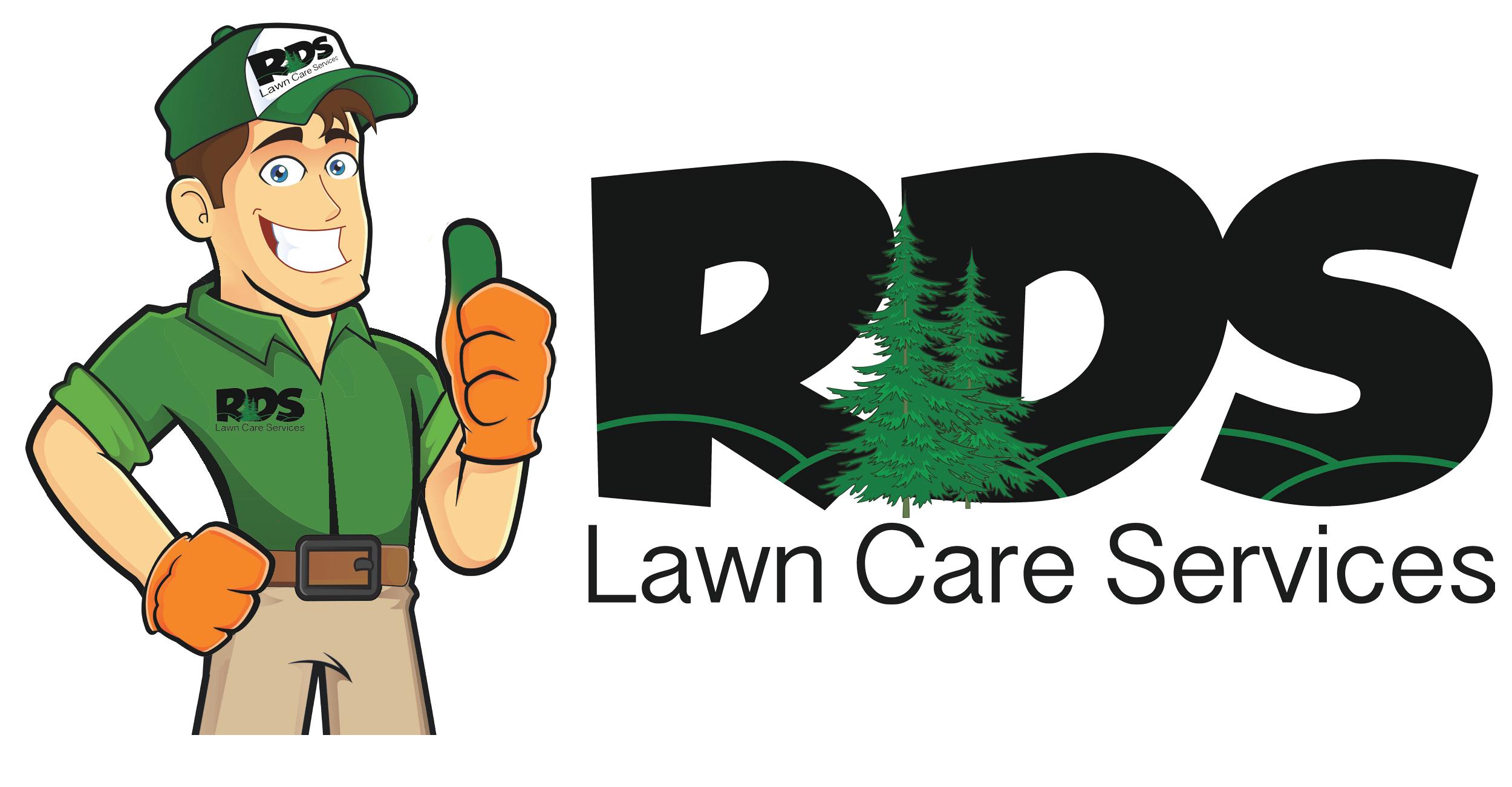There are so many questions to be answered when we talk about lawn disease: What is it? What are the effects? Can I avoid it? How do I treat it? With all of these and other questions in mind, RDS Lawn Care Services wants to make sure you know everything you need to know in order to protect and defend your property against harmful lawn diseases. Keep reading to find out how lawn diseases spread, different types you are likely to encounter, and how you can take steps to prevent these diseases from destroying your turf!
What Is A Fungal Lawn Disease?

The presence of fungi in your yard, in and of itself, is not bad or unhealthy. In fact, a certain amount of fungal activity in your yard is actually a sign of healthy turf. Fungi help decompose organic matter in your lawn, which can then be reabsorbed to create healthier, richer soil for your turf. Healthy types of fungi are even known to protect the roots of your lawn by producing a natural antibiotic in the soil that helps preserve and improve root strength.
Lawn diseases are fungal infections, but it’s the type of fungus and the growth rate that determine whether or not your lawn has come down with a harmful “disease.” When undesirable fungal spores meet certain environmental factors, your lawn and plants can quickly become susceptible to lawn disease. Generally unhealthy lawns and overly humid/damp conditions are two of the leading causes of lawn disease. Once fungal spores find these conditions, they will multiply at an alarmingly high rate, and infected lawns will begin losing color, thickness, and strength as the disease spreads.
Common Lawn Diseases In North And South Carolina
The most widespread and common lawn disease in the Carolinas is known as Brown Patch. Just as one would assume from the name, the damage caused by this disease is characterized by large patches of browning, damaged turf on your lawn. Oftentimes, the patches of brown grass caused by this disease will overlap to form larger spots of damaged grass. Brown Patch commonly affects cool-season grasses, especially when the weather is unexpectedly humid; likewise, Brown Patch can also affect warm-season grasses when temperatures are more moderate or cool.
Large Patch

While Brown Patch most often affects cool-season grasses, Large Patch is a similar disease that mainly affects warm-season turf. The effects of Large Patch on lawns are very similar to the effects of Brown Patch, as these two lawn diseases stem from the same fungus and were once considered the same disease. The damaged patches of grass caused by Large Patch have a wider diameter than the damaged areas caused by Brown Patch. Damage from Large Patch is also frequently characterized by the affected areas appearing slightly sunken compared to the surrounding healthy turf.
Dollar Spot

This disease occurs in hot and humid climates. If your lawn falls victim to Dollar Spot, you will notice individual blades of grass beginning to turn tan or yellow. The affected areas will spread to form small patches (smaller than Brown Patch) of damaged grass. These damaged patches will appear to be sunken into your lawn, and they are typically about the size of a silver dollar, which is how the disease got its name.
Leaf Spot

If you examine individual blades of grass on your lawn and notice that some of them have tiny brown or black circles, those grass blades may be infected by Leaf Spot. This disease can quickly spread to any plant, and it frequently spreads to lawns by infected leaves falling onto turfgrass. The small circles of Leaf Spot have a lighter color in the center and a dark outline. Though Leaf Spot is not known to cause permanent damage, its unsightly effects spread very rapidly and can make your lawn weak and susceptible to many other health issues.
Red Thread
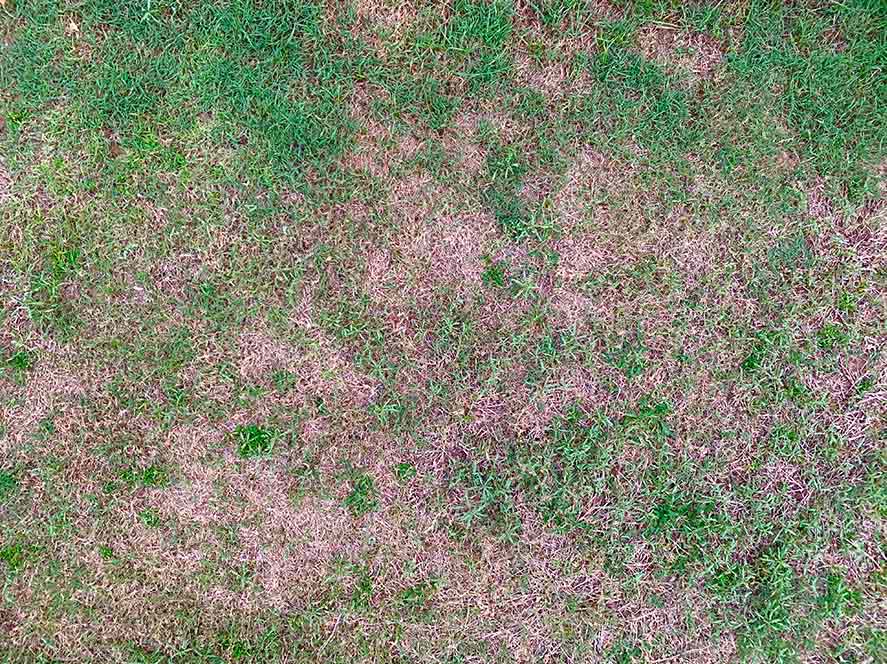
This unique-looking disease is easily identifiable by red growths, or “threads,” spreading over infected areas of your lawn. If left untreated, these threads will begin to mat together, causing unpleasant tangles of diseased turf to form all across your yard. While Red Thread does not actually kill your grass, it does spread and thrive through dead/undernourished plant material. Low levels of nitrogen is the leading cause of Red Thread, so it is important to make sure your lawn is always properly fertilized.
Rust

The characteristics of this disease are exactly what one might expect from the name. The fungal disease known as Rust creates flakes of yellow and orange that closely resemble (you guessed it) rust. This disease is commonly found between summer and fall, and it develops mainly during droughts and fluctuating weather conditions. Both cool and warm grass types can be affected by Rust, and it is known to spread very quickly without curative treatments.
What Causes Lawn Disease?
Harmful fungi thrive and multiply in lawns that are already struggling to stay healthy. Lawns that frequently experience fluctuating temperatures and high humidity, resulting in grass being damp during cooler temperatures, are especially at risk because these factors create the perfect environment for fungi to grow. Unfortunately, as you have probably gathered by now, the Carolina climate is known to be conducive to fungal growth.
Aside from the weather and geographical climate, your lawn can be affected by other factors that also contribute to the spread of lawn disease. Compacted lawns hinder healthy turf growth and often allow puddles to linger in your yard. Improperly watering and fertilizing can also spread lawn diseases, along with many other factors. Below are a few of the most common causes of fungal lawn disease:
- Temperatures between 75 °F and 90 °F
- Hot days with cool nights
- High humidity
- Poor drainage for lawns
- Watering lawns at dusk
- Diseased leaves in the yard
- Overwatering
- Over-/under-fertilizing
- Drought stress
- Compacted soil
- Improper mowing practices
- Having a susceptible grass species
How To Prevent Lawn Disease
Though fungal lawn diseases can cause a great deal of damage to your turf, there are many preventive steps you can take that are easy and highly effective at keeping your lawn healthy and free of disease! Many of the services offered by RDS Lawn Care Services alleviate issues that contribute to fungal diseases, and there are simple lawn maintenance tasks you can perform yourself to reduce the likelihood of an infection. Below are just a few easy ways to prevent a fungal disease from befalling your lawn.
Fertilization
Fungal lawn diseases love lawns with low or high levels of nitrogen. To make sure your lawn has healthy levels of nutrients, which encourages healthy grass growth and deters harmful fungi growth, make sure you are not using too much or not enough fertilizer during applications. Ask us how our fertilization service can keep your lawn healthy all season long!
Watering
Making sure you water your lawn properly is one of the most important factors in maintaining healthy turf, and that is especially true when it comes to preventing disease. To avoid making your lawn damp during colder times of the day, which leads to the spread of fungi, your lawn should be watered in the morning rather than at dusk. Morning waterings give your lawn the entire day to dry and absorb the moisture that could cause fungi to spread.
Aeration
Compacted soil, excess thatch, and poor drainage are all factors that can cause a fungal infection to spread. Thankfully, these are also all factors that can be greatly diminished by core aeration! The process of core aeration makes small holes across your lawn that allow your turf to breathe, break up thatch, and, most importantly, help your lawn drain. A properly draining lawn is the best defense against lawn disease. Ask about our core aeration service for more information.
Mowing
Dull mower blades mangle your turf and harm your lawn’s overall health, which can invite lawn disease, and one of the most common ways to spread lawn disease is by uncleaned blades transferring diseased grass to other areas of your lawn. Mower blades should always be sharp and clean before every usage, which is exactly what you get when you sign up for weekly mowing services by RDS!
Raking
Leaf Spot will quickly spread across your lawn if diseased leaves are allowed to linger on your turf. To avoid any harmful effects of sick leaves falling into your yard, it is important to rake those leaves promptly and efficiently. While there are many ways for Leaf Spot and other diseases to infect your lawn, making sure diseased leaves are removed from your turf will greatly reduce the likelihood of certain lawn diseases.
Seeding
The type and quality of seeds used to create your lawn play a big role in preventing lawn diseases, among other things. Warm-season grasses should be used for warmer climates, and cooler climates need cool-season grasses. RDS uses only the strongest seeds that have been lab-tested for durability by NC State University. Call us to make sure your lawn is properly seeded and protected.
Save Your Lawn Today!
The examples above are just some of the ways lawn disease can be avoided, but it is important to act immediately if signs of fungal infection are already present. Of course, when it comes to professional lawn disease control in the Carolinas, the best option for you is to call RDS Lawn Care Services!
We have developed a 4-step fungicide program that starts in late April or early May and features fungicides that have been field-tested for efficacy and safety, so you can feel confident that you are getting the best possible defense against lawn disease. These treatments are applied four times per year at 28-day intervals, and they are designed to prevent fungal spores from spreading. If your lawn is already affected by disease, we will put together a curative plan for you and recommend our other services that can help. If you need high-quality, professional lawn disease control, RDS is here to help!
